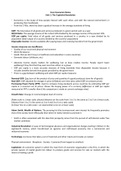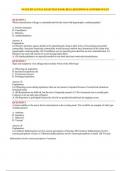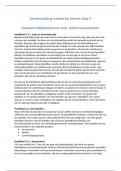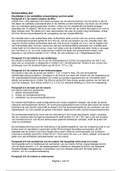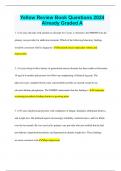Resumen
Summary Core Economics ACC104, Erasmus University College
- Grado
- Institución
Includes graphs, definitions, clear explanations and summaries for the core economics (mandatory for first years) taught by Erasmus University College.
[Mostrar más]
